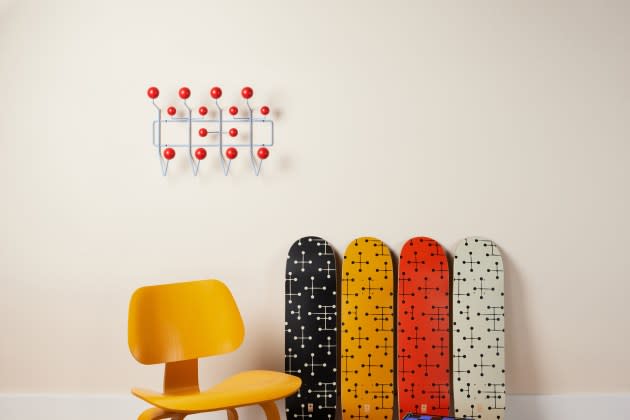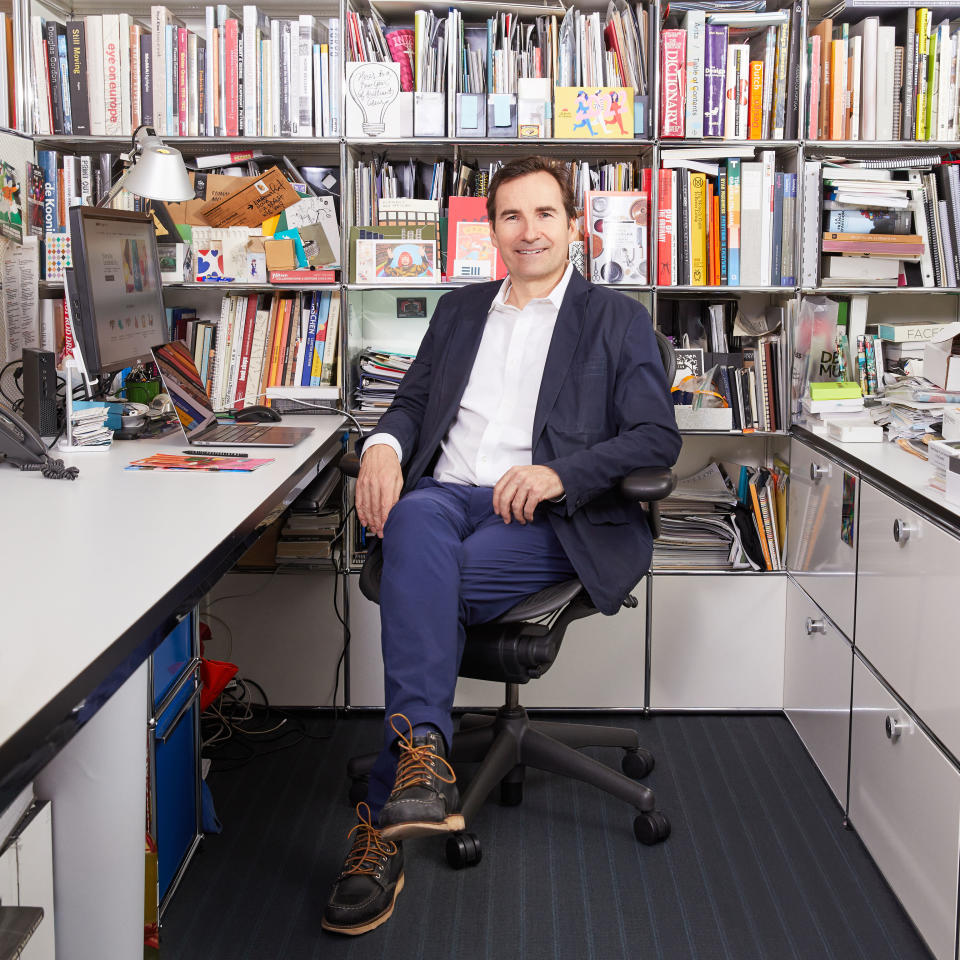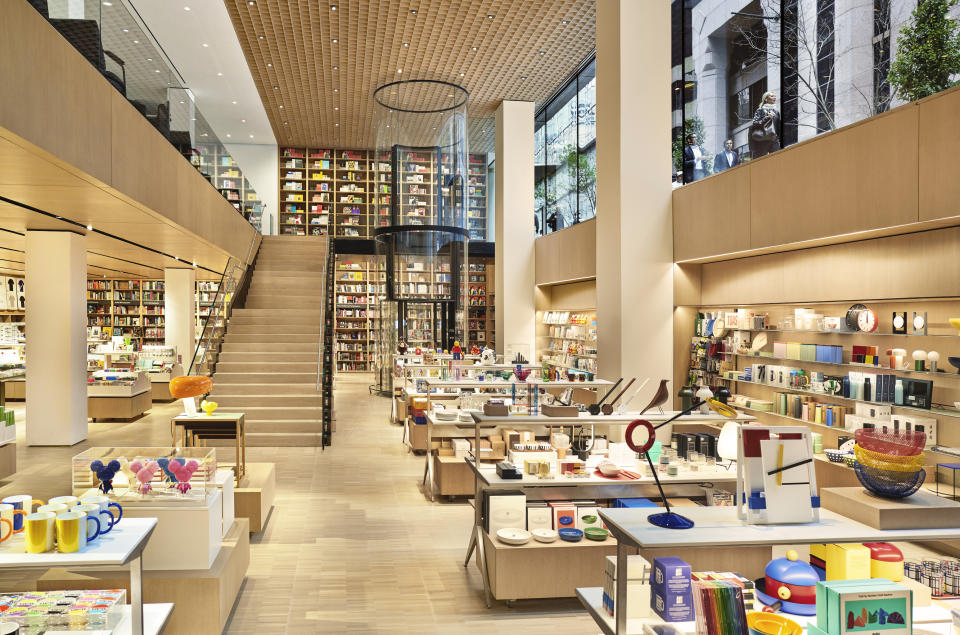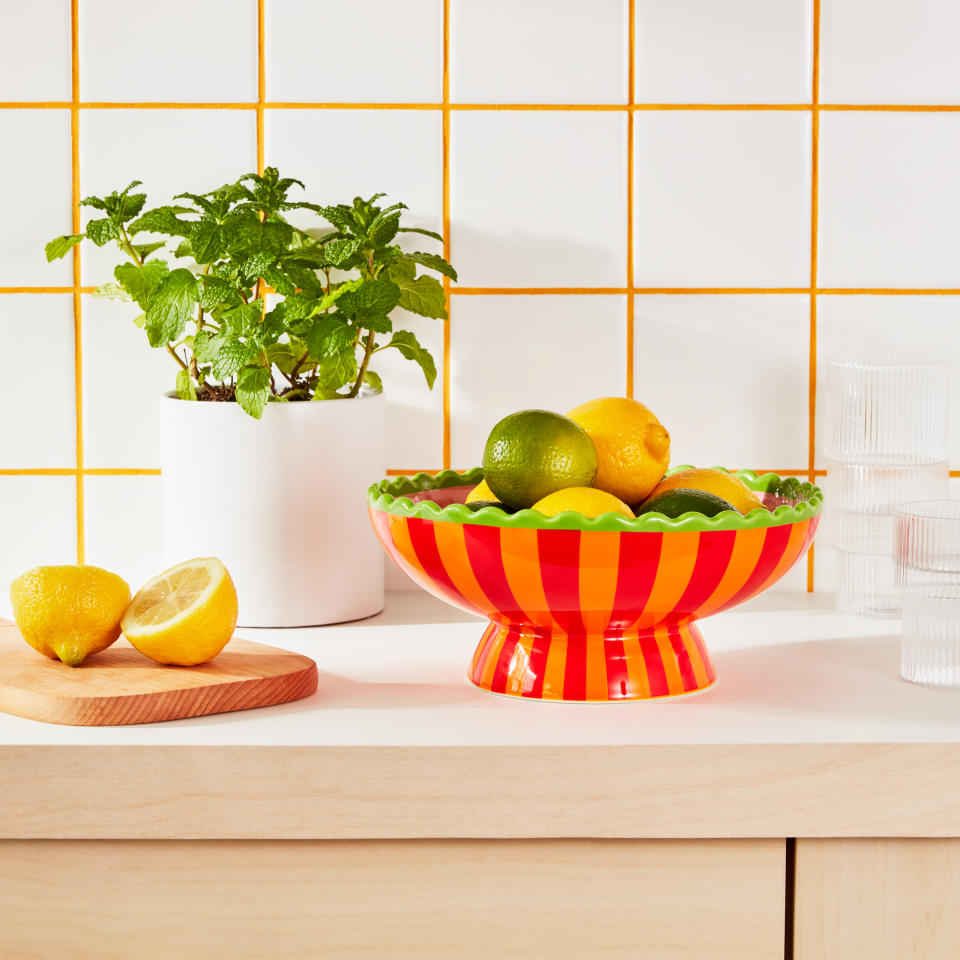How MoMA Design Store Builds Exclusivity

MILAN — Since launching its website in 1998, MoMA Design Store has grown into an impressive omnichannel enterprise, with all its purchases supporting the Museum of Modern Art’s collections and educational programs.
The store locations are situated strategically, with three in New York City, two in Japan, Tokyo and Kyoto, and one in Hong Kong. The MoMA Design Store also operates e-commerce in the U.S., Japan and Hong Kong.
More from WWD
The MoMA Design Store management is exploring markets outside of the U.S. in emerging design and cultural destinations, such as Portugal, South Korea and other cities in Japan, where it not only hopes to discover new designers, but also explore new manufacturing capabilities.
“While there [currently] aren’t any plans to open new locations, we’ve expanded business greatly in the past five years to include other retail partners, including KaDeWe in Germany, K11 in Hong Kong and Nordstrom in North America, and continue reigniting excitement for Design Stores with an evolving lineup of in-store pop-ups that are seasonally anchored or spotlight new product launches,” said Emmanuel Plat, MoMA Design Store’s director of merchandising, retail.
MoMA Design Store sets itself apart from gift shops and design hubs through its lively selection. Plat said the MoMA Design Store merchandising team gets excited about being the first to bring new brands and rising design talents to market. Since launching its website in 1998, MoMA Design Store has become recognized by designers as a platform to launch exclusive products.
“Whether we’re developing an exclusive colorway, reissuing an archival piece, entering into a licensing agreement or creating an entirely new design, our goal is to consistently surprise and delight with products you can’t find anywhere else other than MoMA Design Store,” Plat said.
The COVID-19 pandemic was a catalyst for the museum to shift its assortment. Today, the lineup includes famous pieces like the Eames chair by Ray and Charles Eames for Herman Miller and the Artichoke pendant lamp by Poul Henningsen for Louis Poulsen, as well as novelty, exclusive items like a Solgaard suitcase outfitted with an expandable closet and Subu Slippers by British Nigerian artist and designer Yinka Ilori.
MoMA Design store said it posted its strongest sales to date in 2022. While it wouldn’t reveal exact sales numbers, the company said the number of transactions have risen more than 20 percent each year since 2020, and the store is an important contributor to the museum’s operating budget.

Plat has been playing a lead role in shaping the merchandising strategy since 2012, overseeing seasoned buying teams across a range of categories including technology, desk and home accessories, art reproductions, books, children’s products and more. The French native underscored how important it is that the products are in alignment with the Museum of Modern Art’s curatorial mission.
“[The platform] makes shoppers more interested in the art and draws shoppers closer to the museum. It’s actually a really beautiful thing, if you think about it,” he said.
To commemorate the relationship the museum has shared with the Ray and Charles Eames and their heirs since 1941, The MoMA Design Store debuted a pop-up with Eames Office that included a selection of authentic, limited-edition and exclusive products online and in its New York store locations this fall.
The full assortment of products were available in physical shops and online and included curious products like a limited-edition Dot Pattern Skateboard Deck from Globe, alongside a refurbished ’70s original Eames SX-70 Polaroid Camera, Eames Quote Pencils and Notebooks from Blackwing, and the 1952 Eames The Little Toy, which had been reissued for the pop-up. Products by Vitra, Art of Play, and Ravensburger, together with vintage objects and exhibition posters completed the range of Eames Office at MoMA Design Store.

MoMA started offering museumgoers original products, including holiday cards design by artists, in the ’40s. The tradition continues to this day through MoMA Design Store, starting each season with an open call in which designers and artists have an opportunity to submit their best designs. Over the years, the designs have evolved from flat cards to pop-up and 3D paper-engineered cards.
This month and on an exclusive basis, MoMA Design Store will carry the Window Wall Lamp designed by Marcantonio in addition to the On/Off Table Lamp designed by Tomas Schats, both of which are made by Seletti. The shop will also launch the Takashi Murakami 727 Triptych Skateboard, which features a reproduction of the 1997 727, a three-paneled painting by Murakami that is part of MoMA’s collection.
MoMA Design Store distinguishes its product lineup by filtering items through its vision of “good design,” Plat said.
Plat explained that the main questions the team asks themselves are: Is the artist or designer in MoMA’s permanent collection or featured in an exhibition? Is the product made with innovative materials? Does the product address a specific problem? Does the product have educational value? Is the product sustainable? Does the product represent gender and cultural diversity? Though the criteria are evolving and fluid, Plat said that in addition to frequent attendance at trade shows in major design hubs like Milan and Paris, trips to local towns are made to uncover what he calls “accidental encounters.”
“One of our current priorities is to visit a number of U.S. manufacturers to support local talent. This not only reduces our reliance on the supply chain but also aligns with our commitment to more sustainable shipping practices,” he added.

Best of WWD
Solve the daily Crossword

